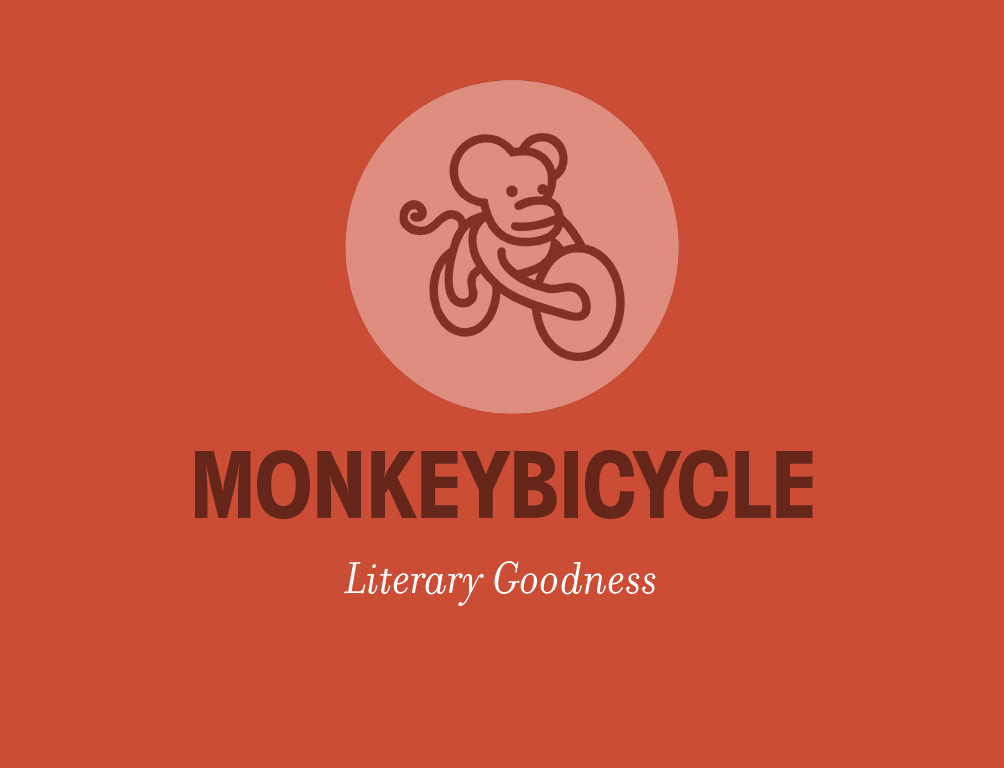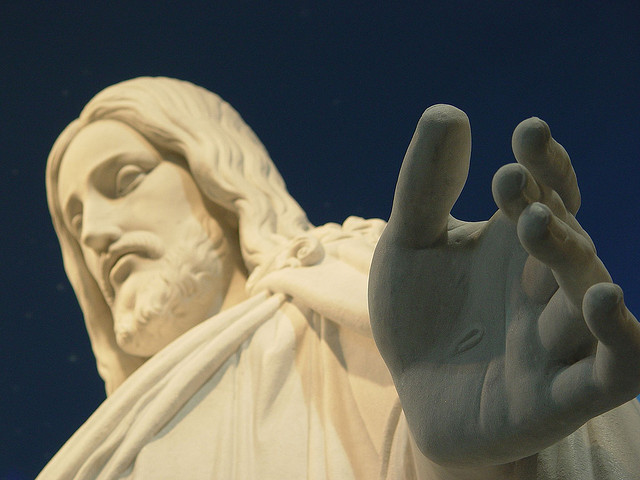Dakota Sexton
In this new semi-regular feature, writer Dakota Sexton will document her travels through America’s towns and cities, and the people she meets along the way.
Beacon, New York
I sometimes think my need to travel could be presented as a perfectly exponential graph in terms of sexual frustration: how the “need to escape” might correspond to “number of men who have hit on me this year over the age of 47.”
A barista friend of mine named Evan tried to console me about the dating scene at the retreat center we both work at like this: “No-one comes here for excellent espresso. They come here for—” he paused—“They come here for the chai.”
“So you think I’m an espresso?” I asked. This is exciting information to me. Compared to a drink that’s at least half milk, espresso is sexy. Milk? Never sexy.
Evan thought about it for a second. “Yeah. Definitely. Or maybe an Americano,” he said, putting his hands on the counter of the bar and leaning forward. “Some-thing feisty, something—” he paused, smiling, “probably a little bit bitter.”
This is part of the reason I learned to drive, almost a year ago at the age of 23, and a large reason why I decided to travel. I now realize this was special. Because you know that nervous feeling you got when you first learned to drive? I still feel it. Pretty much most of the time. Especially on the interstate.
But picture this: I live eight miles away from downtown Honesdale, Pennsylvania, a town that makes its largest neighbor, Scranton—the infamous setting of the American version of The Office—look pretty exciting. Like an arrogant teenager, I want to get out of the house.
I muster my first ever solo escape from Honesdale on a road trip to Beacon, New York in a 17-year old Subaru wagon named the Brown Tao. After two hours of GPS-free, smart-phone-liberated navigation, there isn’t a pit of anxiety as much as there is a pit of excitement, wallowing deep into my gut, as I hunch forward in anticipation of crossing the Hudson River via the Hamilton Fish Newburgh-Beacon toll bridge.
Almost nothing notable can actually be said of this bridge. Except for the fact that the American Institute of Steel Construction did award it the “most beautiful bridge” award in 1965.
Crossing it for the first time still feels completely novel, like a grown-up pastoral escape. Just ignore the commuter traffic, the semi carrying a nondescript brand of strawberry-flavored milk, and the cargo truck that simply reads TOILET.
I focus on the pickup truck in front of me, towing behind it a flatbed trailer covered with hay. Its New York license plate reads, simply, HAYPONY.
Beacon is a short hour-long train ride from New York City, close enough to bring—in recent years—countless activists and artists on back-and-forth jaunts to and from the city.
At School of Jellyfish, a cafe, art gallery and public resource library for sustainable design near the edge of the city’s sprawling main street, a massive chalk-board on the wall invites visitors to write down their fears about urban living. At the end of the day, the gallery’s co-founder, Harvard-trained architect Lily Zand erases the chalkboard, and (effectively) all the city’s fears.
Her vision here (and that of co-founder Oliver Schaper) is simple: promote sustainable design and community. Zand moved here after designing the Beacon Institute for Rivers and Estuaries’s Center for Environmental Innovation and Education. While I help her carry two large wooden tables out onto the sidewalk for Beacon’s monthly Second Saturday art walk, she enthusiastically talks about her passion for exploring how cities and towns—particularly now Beacon—can be-come sustainable by focusing on the similarities it has to a living organism.
Like a jellyfish.
Such an out-of-the-box, maverick idea like that has company. In 1966, Pete Seeger built a 106-foot long, masted wooden “tall ship” to sail the Hudson, in conjunction with the founding of the long-running Clearwater Folk Festival, to raise awareness of major environmental concerns throughout the Hudson Valley.
While arguably highly successful, more than forty years later the valley still shows significant signs of environmental disturbance: particularly from the three dec-ades General Electric spent between 1947 and 1977 dumping as much as 1.3 million pounds of PCBs into the Hudson River. A nearby peninsula known as Denning’s Point has its own host of disturbances; including the fact that large portions are now 10-15 feet lower in elevation after surviving mountaintop-removal-esque clay excavation dating back to the 1880s.
I drive across town to visit the former Nabisco cracker-box-factory-turned-home of Dia:Beacon, the largest contemporary art museum in the country.
There is almost a million square feet of art here on the first floor alone, none of it artificially lit. A docent explains to me that Dia is intended to be a “daylight museum,” lit and viewable only by the quality of light that comes through its north-facing, utilitarian sawtooth factory skylights.
If there is a storm, the founders would like you to have the pleasure of viewing Dia’s art in the dark.
Wandering through the airplane-hangar-like corridors—each one a personal tribute to a single artist—feels a lot like strolling through a particularly obsessively-planned partition of a city, like Washington, DC. Every ground-level vantage point seems to have been carefully manicured for your enjoyment.
A coffee shop called Tas Kafé sits near the southeast edge of Main, just across the street from a warehouse filled with a different art installation in each and every window. A 1920s-era, ground-level traffic light lovingly called the Beacon Dummy straddles the road between them. When I step inside, Purple Rain is playing on a hi-fi record player, notably obvious due to the fact that the album cover is propped up beside the player in a corner. I find a spot and drink more coffee than I should, eager to continue to watch couples come in and out of the shop.
The fact that I’m about to tell you to drink the artisan coffee here instead of the potentially artisan coffee down the street feels absurd, like as if I were writing:
Beige coffee is not alright. Beige coffee causes dysentery.
So I won’t do that. But the micro-roasted Caribbean coffee you can buy will not taste like it was run through a washing machine with a heaping gallon of fabric softener, if that is important to you.
If I am a single espresso, and sometimes high-strung, here, what is everyone else? Imagine, for a second, that everyone is a manifestation of only what they drink. My nemesis, chai, is somewhere in this city. So is half-caff iced latte, the 42-year old woman who loves pilates. And French Roast, the economist who desperately needs more flavor in his life.
Maybe he moved here to make soap, or work in counseling. His wife? Yoga instructor. They have a dog. Their dog has no idea what a dog park is—
This is Beacon, after all, not Brooklyn.
Dakota Sexton grew up exploring the wild Minnesota frontier. She now has a soft spot for both slightly inaccurate maps of the world and printing inventions almost no-one knows how to operate. She is a frequent contributor to Yoga International and her writing can also be found in the anthology The Way We Sleep.


